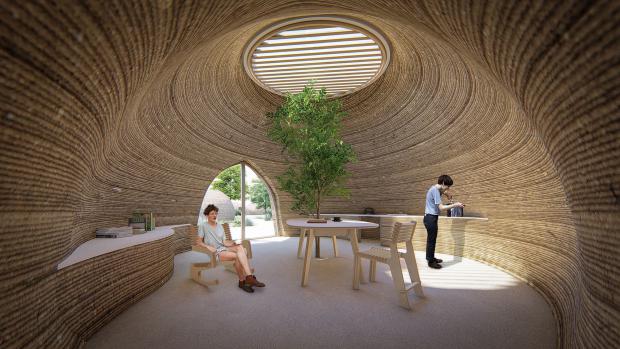
Breaking News
We Americans Need to Dig Deep into Historical Perspective
 A timeless clip of Michael Burry explaining how he used credit default swaps...
A timeless clip of Michael Burry explaining how he used credit default swaps...
 The next financial crisis won't start in a bank lobby. It's already brewing in the market
The next financial crisis won't start in a bank lobby. It's already brewing in the market
Top Tech News
 This tiny dev board is packed with features for ambitious makers
This tiny dev board is packed with features for ambitious makers
 Scientists Discover Gel to Regrow Tooth Enamel
Scientists Discover Gel to Regrow Tooth Enamel
 Vitamin C and Dandelion Root Killing Cancer Cells -- as Former CDC Director Calls for COVID-19...
Vitamin C and Dandelion Root Killing Cancer Cells -- as Former CDC Director Calls for COVID-19...
 Galactic Brain: US firm plans space-based data centers, power grid to challenge China
Galactic Brain: US firm plans space-based data centers, power grid to challenge China
 A microbial cleanup for glyphosate just earned a patent. Here's why that matters
A microbial cleanup for glyphosate just earned a patent. Here's why that matters
 Japan Breaks Internet Speed Record with 5 Million Times Faster Data Transfer
Japan Breaks Internet Speed Record with 5 Million Times Faster Data Transfer
 Advanced Propulsion Resources Part 1 of 2
Advanced Propulsion Resources Part 1 of 2
 PulsarFusion a forward-thinking UK aerospace company, is pushing the boundaries of space travel...
PulsarFusion a forward-thinking UK aerospace company, is pushing the boundaries of space travel...
 Dinky little laser box throws big-screen entertainment from inches away
Dinky little laser box throws big-screen entertainment from inches away
 'World's first' sodium-ion flashlight shines bright even at -40 ºF
'World's first' sodium-ion flashlight shines bright even at -40 ºF
The homes of the future? World's first eco-sustainable houses have been 3D...

They may look like something ancient desert civilisations would have constructed centuries ago.
But actually these are the world's first eco-sustainable houses – 3D printed in Italy using locally-sourced soil – and could one day be the homes of the future.
They are the brainchild of architect Mario Cucinella, who hopes the 'state-of-the-art building technology' can help combat homelessness and displaced communities after emergencies or natural disasters.
He has dubbed them TECLA houses in a nod to the combination of technology and clay.
'We like to think that TECLA is the beginning of a new story,' said Cucinella.
'It would be truly extraordinary to shape the future by transforming this ancient material with the technologies we have available today.
'The aesthetics of this house are the result of a technical and material effort; it was not an aesthetic approach only.'
He added: 'The goal was to match the agenda of 2030 in Europe of zero emissions.'
The first set of domed homes have been built in Massa Lombarda, near Ravenna in Italy, using multiple 3D printers operating simultaneously.
In their most basic form they can be created in just 200 hours of printing.
The prototype, which measured in at 645 square foot, was built up in layers without the need for scaffolding.
It is made up of two round, bulbous structures merged together. No cost has yet been revealed by Cucinella.
Inside is space for a living room, bathroom and bedroom, while there are also fitted furnishings such as tables and chairs that were also created using a 3D printer.

 The AI money machine!
The AI money machine!

